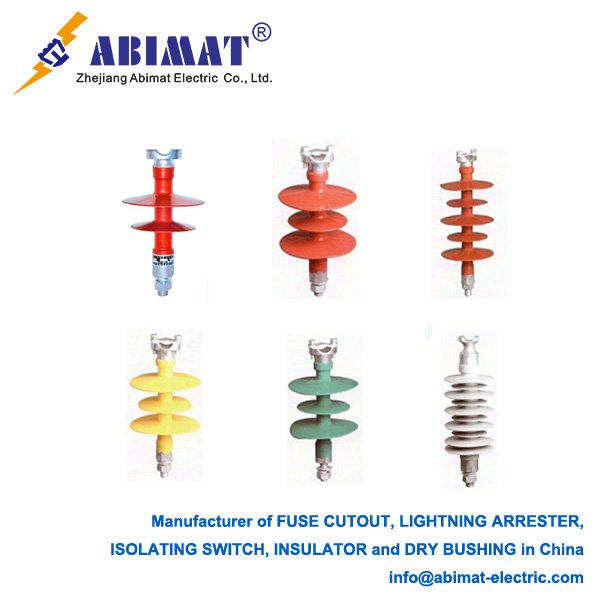Polymer Type Insulators: Modern Solution for Power Line Insulation
Polymer type insulators—people also call them composite insulators—are a big step forward for insulation on overhead power lines. Each of these insulators has a fiberglass reinforced plastic (FRP) core. Around this core are weather sheds, and these sheds are made from polymer materials—like silicone rubber or EPDM.
Their basic structure has three key parts. One is the FRP core—it gives the insulator mechanical strength. Another is the polymer housing and sheds—they protect the insulator from the environment and provide the needed creepage distance. The third is the metal end fittings—they let the insulator connect to support structures and conductors. This design makes the insulator light but strong. When you compare it to traditional ceramic insulators, it has a better mechanical strength-to-weight ratio.

Polymer insulators have great hydrophobic properties—this is especially true for the ones made with silicone rubber. This trait stops water from making continuous films on the insulator’s surface. That helps the insulator work much better in dirty conditions. The hydrophobic surface makes water form small drops and roll off. So even in wet, dirty places—where regular insulators might have flashovers—the polymer insulator keeps high insulation resistance.
Polymer insulators have several advantages. One big one is their much lower weight—they’re about 70 to 90% lighter than porcelain insulators. This makes them easier to handle and install. It also means the supporting towers don’t need to be as strong. They also hold up well against vandalism and impact damage. Unlike brittle ceramic materials, they don’t shatter. Their design is flexible too. You can adjust the shed shapes to fit the specific pollution levels in different places where the insulators are used.
You can use these insulators in many places. They work for distribution and transmission lines—even ones with ultra-high voltages. They’re especially good for areas with lots of pollution, coastal areas, and places where earthquakes are likely. They work reliably, last a long time, and don’t need much maintenance. That’s why they’ve become the top choice for modern power systems all over the world.


